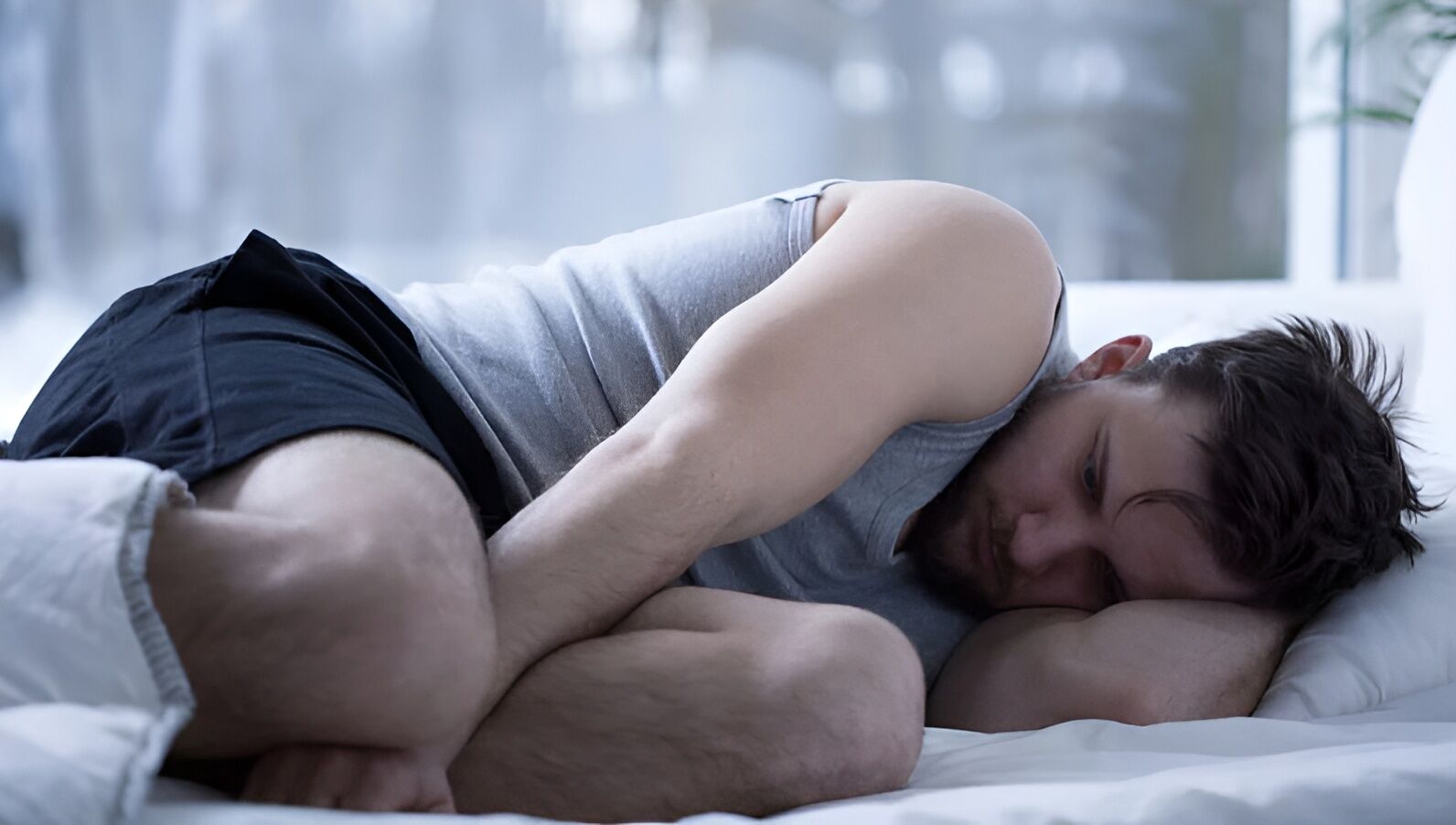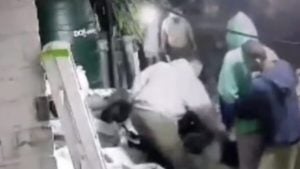When only your left testicle hurts

Many males might assume that if there’s a problem with the testicles, pain will occur on both the left and right sides. However, various conditions can cause discomfort specifically in the left testicle. Understanding these conditions, their symptoms, and treatment options can help address concerns and guide you to seek appropriate medical attention.
The anatomy of the left testicle makes it slightly more prone to certain conditions compared to the right. This difference is primarily due to the unique structure of the veins and the way blood flows within the scrotum.
Common causes of left testicle pain
- Varicoceles
Varicoceles are enlarged veins in the testicles, similar to varicose veins in the legs. They affect up to 15% of males and are more common in the left testicle because the vein on this side hangs lower, making it harder for the valves to push blood upwards. Varicoceles might not always need treatment, but if they cause pain or fertility issues, surgery might be necessary to reroute blood flow and alleviate symptoms.
- Orchitis
Orchitis is an inflammation of the testicles often caused by viral or bacterial infections. Pain can start in the left or right testicle and may spread throughout the scrotum. Common symptoms include swelling, warmth, and redness of the scrotum. Treatment depends on the cause, with antibiotics for bacterial infections and time for viral infections like mumps to resolve naturally. Pain relief can be achieved with over-the-counter medications.
- Spermatocele
A spermatocele is a fluid-filled tube sac carrying sperm from the testicle. These cysts can form in either testicle and may not cause symptoms unless they grow large enough to cause discomfort or a feeling of heaviness. If pain occurs, a surgical procedure called a spermatocelectomy can remove the cyst. However, it may impact fertility, so men are often advised to wait until they are done having children.
- Testicular torsion
Testicular torsion is a medical emergency where the spermatic cord twists, cutting off blood supply to the testicle. This condition requires immediate surgery to prevent loss of the testicle. Testicular torsion is usually caused by a condition called “bell clapper” deformity, which allows the testicles to move more freely, making them more prone to twisting. Symptoms include sudden, severe pain and swelling, often affecting the left testicle.
- Hydrocele
A hydrocele occurs when fluid accumulates around the testicle, causing swelling. This condition is more common in infants but can also develop in older boys and men due to inflammation or injury. Surgery may be required to remove the hydrocele, followed by regular check-ups to ensure it does not recur.
- Injury
The testicles are vulnerable to injuries from sports, fights, or accidents. The left testicle, which typically hangs lower, is more prone to injury. Mild trauma can cause temporary pain that subsides with rest and ice, while more severe injuries might require medical evaluation and treatment to prevent complications like hydrocele or testicular rupture.
- Testicular cancer
Testicular cancer, though not common, can cause pain and changes in the testicle. Risk factors include a family history of testicular cancer and undescended testicles. Symptoms often include a lump or swelling in the scrotum. Treatment options depend on the type and stage of cancer and may involve surgery, radiation therapy, or chemotherapy.

Treatment options
- Surgery: Surgical options include open surgery, microsurgery, and laparoscopic surgery to treat conditions like varicoceles, hydroceles, and testicular torsion.
- Medications: Antibiotics for bacterial infections, pain relievers for discomfort, and chemotherapy for cancer treatment.
- Minimally invasive procedures: Varicocele embolization is a non-surgical treatment that involves inserting a catheter to block blood flow in affected veins.
When to see a doctor
Testicular pain, whether mild or severe, should be evaluated by a healthcare professional if it persists. Sudden, severe pain or accompanying symptoms like fever or blood in urine warrant immediate medical attention. Regular self-exams can help detect changes early, and consulting a urologist can provide further guidance and treatment options.
Understanding the causes and treatments of left testicle pain can help you take appropriate action and seek medical advice when necessary. Most conditions are treatable, and early intervention can prevent complications and ensure better health outcomes. If you experience testicular pain or notice any changes, don’t hesitate to reach out to a healthcare provider for an evaluation or contact MyMediTravel, a global concierge to help you book an appointment with a leading specialist in your geolocation.
References:
Assessment and management of testicular pain
Chronic testicular pain and orchalgia
Anatomy and physiology of chronic scrotal pain
Varicocele and testicular pain: A review
A man with a painful and swollen left testicle
Young man with sudden scrotal pain
Latest Thailand News
Follow The Thaiger on Google News:


























